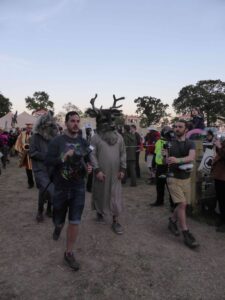
I’m still on my high horse about type fossils, seriation and dating.
Unlike our predecessors in the early days of archaeology, we have the luxury of several different techniques by which we can provide dates for our sites that approximate, within envelopes of accuracy, calendar years. The most commonly used is radiocarbon dating, but various technicalities about the way in which radiocarbon isotopes accumulate and decay mean that the dates have to be carefully calibrated.
Recently, the accuracy and usefulness of radiocarbon dates have been refined by the introduction of a technique known as Bayesian Dating. It is a complex statistical process by which known information about the sample to be dated can be added into the process to increase the resolution of a date. Thus, for example, if we are dating a carbonized hazelnut shell we might also consider the types of tool with which it is found, the stratigraphy of the sample in comparison to other samples, and our interpretation of the site in comparison to similar sites.
Bayesian dating reduces the size of the envelope of accuracy meaning that we get determinations that approximate more closely to human events. It has been used very successfully to help interpret sites in a way which is more meaningful. Instead of saying that a site might generally have been in use between say 3500 – 2900 BC, we can now incorporate a close analysis of the stratigraphy of different structures on that site, and the finds within the site in order to tease out more precise dates and a sequence for individual structures to suggest that while some of the earlier structures may have been built between 3100 – 3050 BC, the last building activity on site occurred between 3000 – 2950 BC. It is a revolution in the way in which we can think about the use of the sites that we study.
But, I’m concerned that some of the analyses that I see appear to go to considerable lengths in order to reconcile the type fossils and the dates. If we only use type fossils in combination with Bayesian dating in order to confirm our preconceptions, then we will never be able to expand our understanding of the peoples of the past.
For example, a recent study looked at assemblages from 61 sites in order to produce a chronology of the sites in relation to one another. The hypothesis was that these sites fell into a sequence of five different cultural types. The type fossils from each site were identified and used to refine the dating. But there were problems. Several of the sites had combinations of type fossils that apparently fell into more than one of the periods. Others had type fossils that did not appear to be in the right chronological group. So, the study had to start by excluding sites where the type fossils did not easily conform to the hypothesised chronology. Thirty-one sites (half of the original number) were excluded. In this way, it was possible to confirm a tight and interesting chronological sequence for the sites and the type of material they held. But, some of the phases in that sequence comprise very few sites indeed.
I’m just wondering whether a phase that apparently holds good across the UK but only comprises two or three sites, is really valid as a phase? Could it possibly be a regional development? And what about all the sites that were excluded because their type fossils did not conform to the pre-existing pattern? Could they possibly identify new patterns – either a local pattern or a chronological one (or both)? Reading the paper, I came away with the impression that the authors were struggling hard to make the data produce the results they wanted.
It is difficult because we tend to publish only positive results, but I would like to have seen some analysis and discussion that tried to make sense of all the material. Even if it did not seem to confirm accepted wisdom. Bayesian dating is a wonderful new tool but we should be using it to push the boundaries of our interpretation forward, not to confirm our existing thoughts.
The real import behind all this is that we can’t just undertake quick projects to double check our old ideas. In a project like this, we need to go right back to basics and look at the stratigraphy and content of all the sites that relate to our study, whether or not they conform to our pre-existing ideas. And perhaps look for some new ideas? Even when the uncertainties are acknowledged, it often does not stop people from publishing reports wherein they point out how the results from one site can skew the results.
It is also clear that we need to stop looking for patterns that appear to work across the whole of the UK. Of course, the political boundaries that we use today are meaningless in terms of prehistory, but that is not to say that people lived in some bland uniformity across the British Isles. Research suggests that life has got more uniform, not less, with the passage of time.
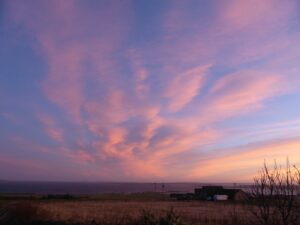
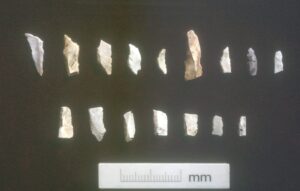
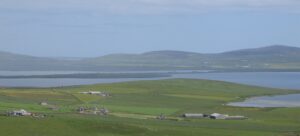

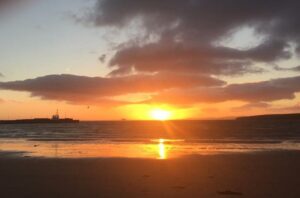
You must be logged in to post a comment.